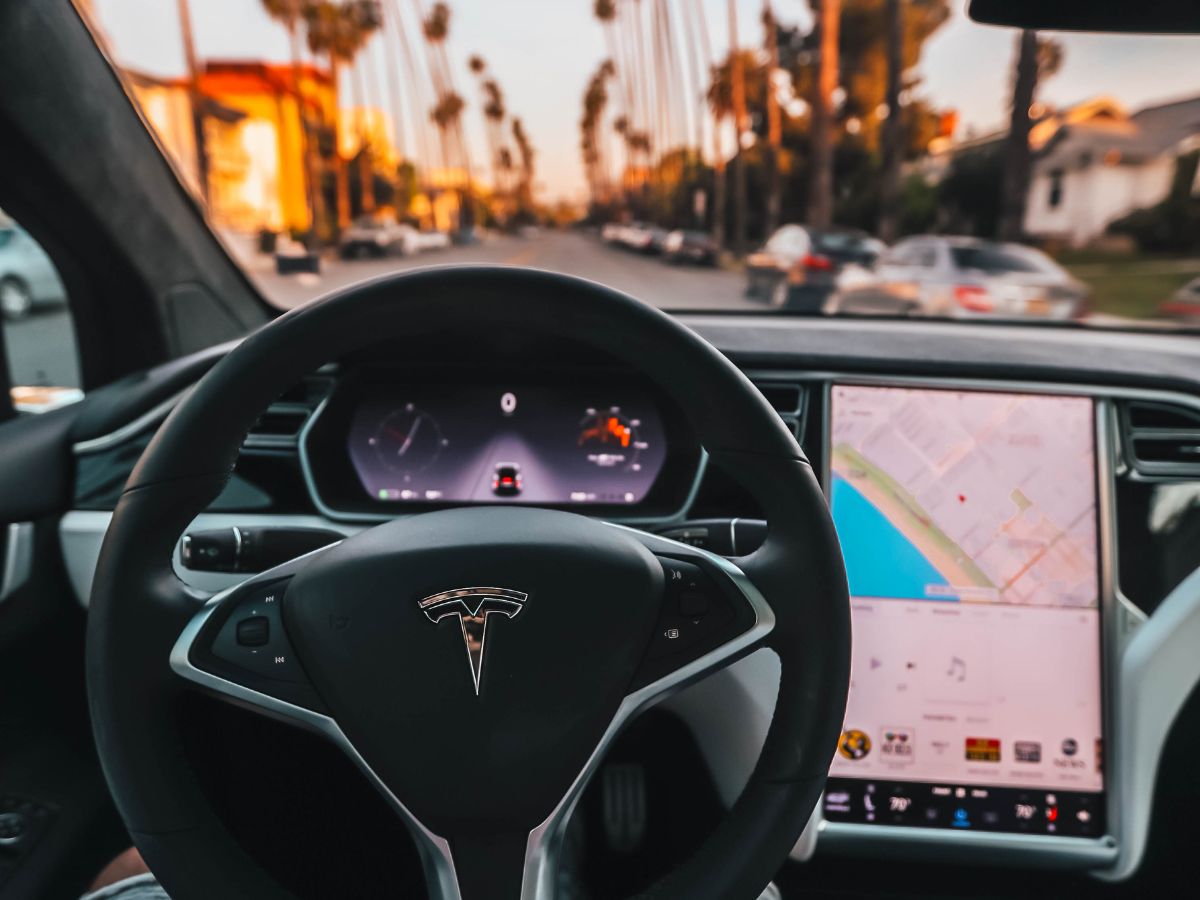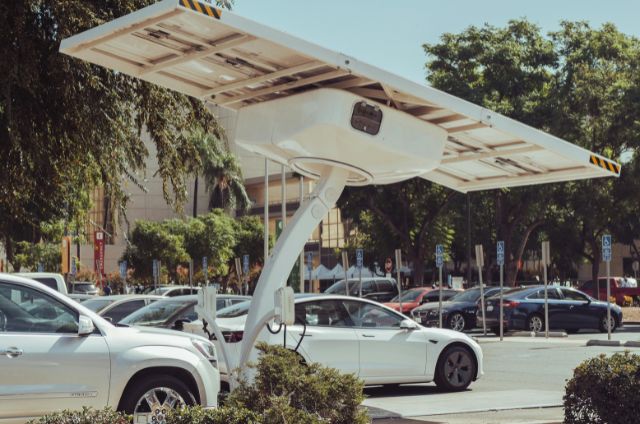Tesla’s recently released Q2 2024 vehicle safety report highlights the positive impact of Autopilot technology on driving safety. The report showcases a significant reduction in crashes for Tesla drivers using Autopilot compared to those not utilizing the advanced driver-assist system.
Autopilot Significantly Reduces Crash Rates
According to the report, Tesla vehicles with Autopilot engaged experienced one crash for every 6.88 million miles driven. In contrast, Tesla drivers not using Autopilot had one crash for every 1.45 million miles driven. This striking difference underscores the effectiveness of Autopilot in enhancing driver safety and reducing the likelihood of accidents.
Tesla attributes its strong safety performance to a multifaceted approach that combines passive safety features, active safety measures, and advanced driver-assist systems like Autopilot. This holistic approach aims to protect both Tesla drivers and other road users. The company’s Model S, Model 3, Model X, and Model Y have all achieved some of the lowest overall probability of injury ratings in the United States’ New Car Assessment Program, further validating Tesla’s commitment to safety.
Vehicle Fire Incidents
Beyond crash data, the report also addresses vehicle fire incidents. Tesla claims that between 2012 and 2022, there was approximately one Tesla vehicle fire for every 130 million miles traveled. This figure significantly surpasses the national average of one vehicle fire per 18 million miles, based on data from the National Fire Protection Association and the U.S. Department of Transportation.
Tesla’s Conservative Reporting Methodology
Tesla emphasizes that its vehicle fire data is conservative, as it includes incidents caused by external factors such as structure fires, wildfires, and arson, which are unrelated to the vehicle itself. This suggests that the actual fire rate for Tesla vehicles due to internal issues is likely even lower than the reported figures, further highlighting the company’s commitment to transparency and accurate reporting.
In conclusion
Tesla’s Q2 2024 vehicle safety report reaffirms the company’s dedication to safety and the effectiveness of its technologies, particularly Autopilot, in reducing crashes and fire incidents. The data presented in the report underscores the potential of advanced driver-assist systems to improve road safety and save lives. While challenges remain in the ongoing development and refinement of these technologies, Tesla’s commitment to safety remains a cornerstone of its mission to accelerate the world’s transition to sustainable energy.



